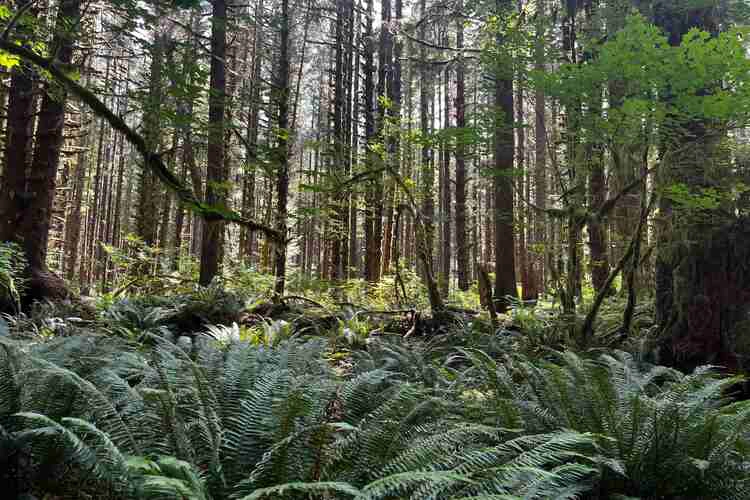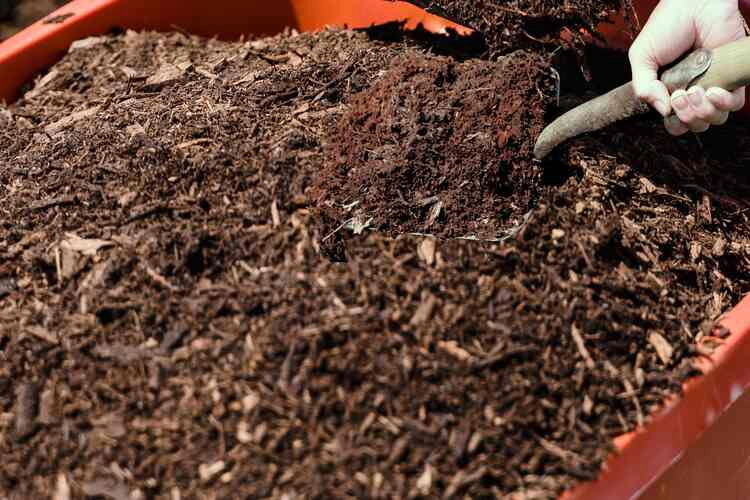
A new, eco-friendly alternative to burials involves composting human remains and is a growing trend in Sweden and parts of USA
By
The process of composting human remains – also known as natural organic reduction – is the latest alternative to traditional burial methods, with five US states legalising the process in the last year alone. As of 2024, human composting is legal in Sweden as well as 11 states in the US, including Washington, New York and Arizona. Although human composting is not yet legal in the UK, natural burials – where a body is buried with no coffin, or with a biodegradable coffin – are currently permitted.
The process of human composting was first created by Recompose, a Seattle-based company founded in 2021. The total cost of a burial by Recompose is $7,000, which includes all processes involved in composting. In comparison, the median cost of a funeral with cremation in 2021 in the US was $6,970, and the median cost of a funeral with viewing and burial was $7,848.
Research conducted by the NFDA in 2023 shows that 60 per cent of people surveyed would consider green funeral options, up from 55.7 per cent in 2021. With an estimated 466 green burial cemeteries across the US and Canada, alternative methods outside of traditional cremations and burials are certainly becoming a more popular choice.
However, some opposition to human composting comes from religious institutions and individuals who raise concerns over a lack of research into the safety and environmentally beneficial nature of the process.
What are the benefits of human composting?

The alternative method of human composting, while only legal in few places in the world, is a far greener alternative to cremation, burials and embalming, using 87 per cent less energy than traditional burials or cremations.
Cremation – whose rate in the US is projected to increase from 60.5 per cent in 2023 to 81.4 per cent by 2045 – is powered by fossil fuels. On average, the process produces 190kg of carbon dioxide per body: the equivalent of driving 750km (470 miles) in a petrol car. In contrast, human composting uses around one eighth of the energy required for modern cremation. Traditional burial also requires vast quantities of land mass, as well as contributing to climate change through transporting coffins, headstones and other materials required. In the US alone, the production of coffins uses four million acres of forest – equivalent to the area of two million football pitches.
Embalming – the process of preserving a body so it is presentable for viewing – poses issues to the environment due to the toxic chemicals involved, such as phenol and formaldehyde. Their environment effects are not well-studied but concerns arise over their ability to enter the soil and groundwater around burial sites, contributing to chemical pollution.
The process of human composting bypasses these environmental concerns, and presents an opportunity for healthy soil to be produced that can sequester carbon and reduce greenhouse gases.
How does it work?

Human remains are covered with plant matter – including straw and sawdust – in a special chamber, allowing an environment to be created for decomposition into organic soil in a process that lasts between 60 to 90 days. As the temperature within the vessel rises, aerobic microbes begin to work and the process is continually monitored to ensure oxygenation and energy levels are optimal. Finally, the mixture is then dried and cured for two to four weeks. Compared to buried human remains, the process of decomposition involved in human composting is far quicker.
The resulting soil – around one cubic metre (about a cubic yard) of soil, is then presented to the family of the deceased. Often, this soil is then used for memorial gardens, tree planting or donated to conservation efforts. According to Katrina Spade, founder of Recompose, the company has held over 200 composting ceremonies, with more than 1200 customers also paying in advance via monthly installments for future services.



